Perseus and Andromeda
Oil on canvas. H. 081; W. 065.
Alongside François Boucher (1703-1770) and Charles-Joseph Natoire (1700-1777), Carle Vanloo (Nice 1705 – Paris 1765) is today recognized as one of the three principal French history painters of the so-called "1700 generation."
Carle Vanloo's production is well-documented from the time of his reception at the Royal Academy of Painting and Sculpture in 1734 (Apollo Flaying Marsyas, Paris, École Nationale Supérieure des Beaux-arts) until his appointment as director of the institution in 1765. Consequently, his works have always been easily attributed to him.
The early years, during which the artist began to paint, are more complex to identify, and this is precisely the period to which our painting belongs (fig. 2). Since Carle Vanloo was a student in Turin and then in Rome under his brother Jean-Baptiste (1684-1745), who was about twenty years his senior, it was predictable that multiple connections would be perceptible between their respective productions. This is most apparent between Carle Vanloo's return to Paris in 1723 and his new departure for Italy in 1727 (after winning the "Grand Prize" of the Royal Academy). The history of the commission for the large Presentation in the Temple intended for the Saint-Martin-des-Champs church in Paris in 1725 perfectly illustrates this. Signed and dated Carle Vanloo, the canvas is now kept in the Primatial Saint-Jean of Lyon, but the preparatory sketch preserved at the Museum of Fine Arts of Lyon is actually attributed to Jean-Baptiste Vanloo (and not to Carle Vanloo as long suspected by Daniel Ternois).
Beyond these collaborative relationships, the styles of the two brothers during this period show strong affinities. A good example is Diana and Endymion, announced under the name of Jean-Baptiste Vanloo (fig. 1) in the Paris art market several years ago (sale Paris, Hôtel Drouot, Me Couturier Nicolay, December 10, 1999. Oil on canvas. H. 081; W. 073). The reception piece of the latter with the same subject, showing Endymion in a similar pose, was misleading. It was actually an early work of Carle Vanloo, probably painted around 1726: the formal simplification and certain techniques, such as the phenomenon of illumination of Diana's forehead, are typical of Carle Vanloo at this period of his life.
Carle Vanloo is known for illustrating the subject of Perseus and Andromeda around 1737; it is the famous painting kept at the Hermitage Museum in Saint Petersburg (oil on canvas. H. 072; W. 091; ГЭ 1230). Our painting, however, appears to be his first vision of the subject, more precisely around 1726, exactly at the time of the just mentioned Diana and Endymion. The same sobriety of composition is noted: in the foreground, Andromeda appears tied to the rocks, with the aerial silhouette of Perseus emerging to kill the sea monster. In the distance, King Cepheus, father of Andromeda, and the Ethiopians witness the miracle. The detail noted about Diana is observed again: Andromeda's forehead and the upper part of her head are so illuminated that they become almost optically blurred. Typical of Carle Vanloo's writing at this time are the faces that evade the viewer's gaze. Dating from 1727, Aeneas Fleeing Troy (Louvre) illustrates this perfectly, with the face of the Trojan hero barely visible. The same can be said here, with Perseus' face almost disappearing behind his helmet. The manner of treating the drapery is another distinctive element of Carle Vanloo's style in the mid-1720s. The drapery covering Andromeda forms a simplified design, almost in a diamond shape. This strange way of depicting drapery can be seen in other paintings of the same period, starting with those mentioned below. Indeed, it is worth questioning whether our painting is part of a cycle by the same author on the subject of The Loves of the Gods. Is it merely a coincidence that Carle Vanloo's Diana and Endymion, which again illustrates Ovid's Metamorphoses, dates from the same period and has almost the same dimensions as Perseus and Andromeda? The same question affects Mars and Venus, a painting by Carle Vanloo kept at the Fine Arts Museum of Houston (TX, U.S.A.; oil on canvas. H. 081; W. 066; BF. 1978.24; fig. 3). The museum dates this painting to around 1726 and the dimensions are again similar. A fourth painting is very likely part of the same series: Eros and Psyche by Carle Vanloo (oil on canvas. H. 081; W. 065; fig. 4), currently visible at the Galerie Marty de Cambiaire (Paris).
Carle Vanloo was aware of the famous mythological series that his rival François Lemoyne (1688-1737) was painting for his patron François Berger (the canvases are shared between the Museum of Fine Arts of Tours, the Wallace Collection in London, and other museums). Lemoyne had just depicted Perseus and Andromeda (the Wallace Collection canvas in London is dated 1723). Undoubtedly painted for a private collector, Carle Vanloo's mythological cycle on his first return from Italy deserves our attention all the more as it would have been a "response" to François Lemoyne's work. It appears especially as Carle Vanloo's first attempt to establish himself on the Parisian art scene in the field of mythology.
Fr. Marandet
London, July 8, 2024.








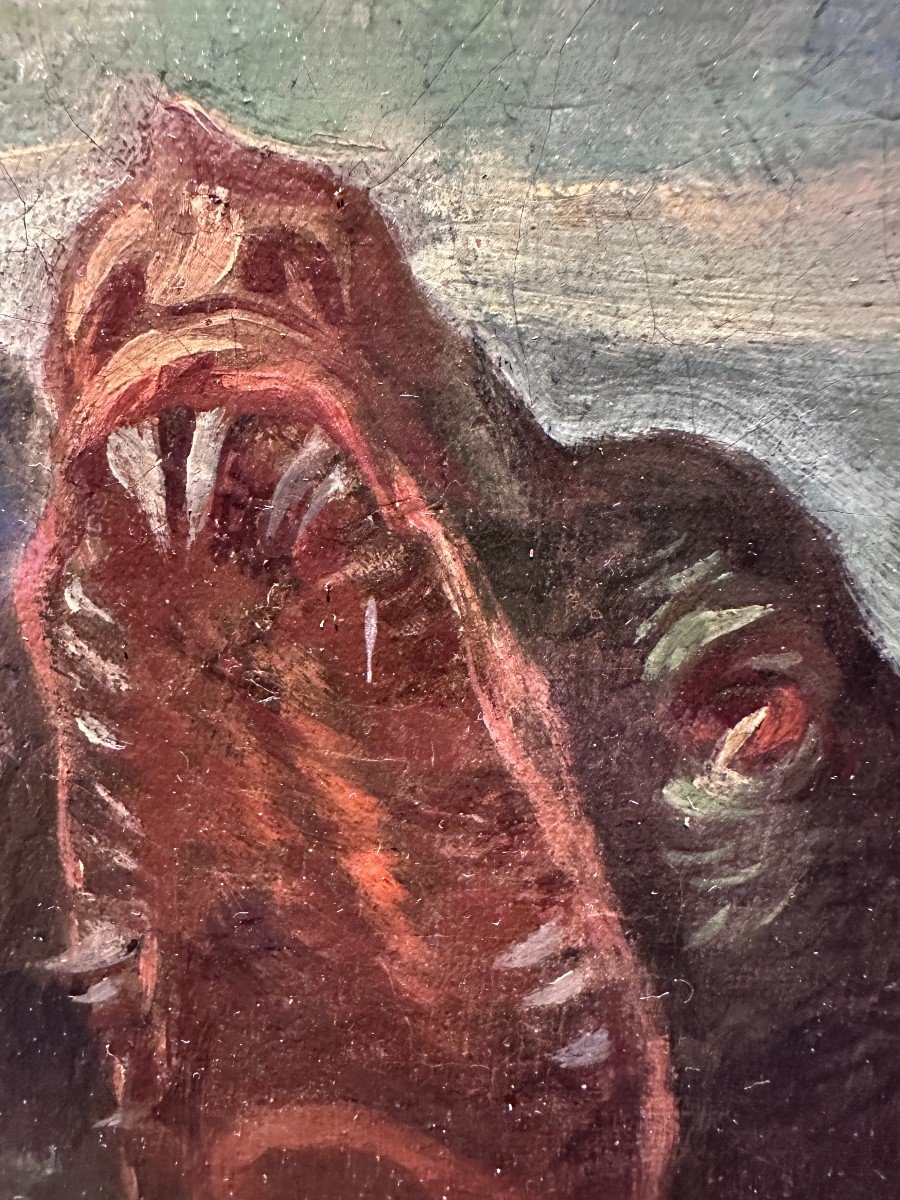














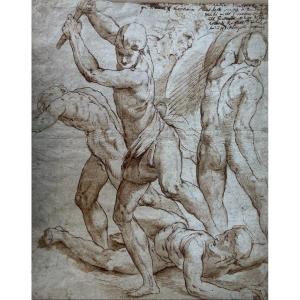





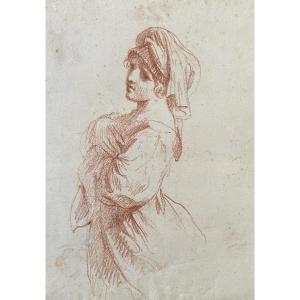


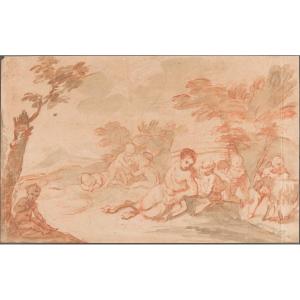
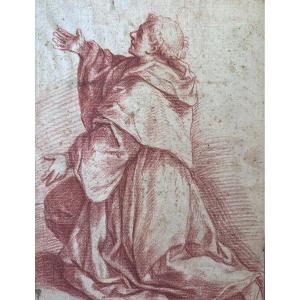


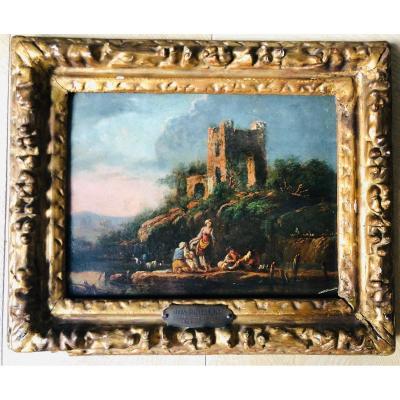


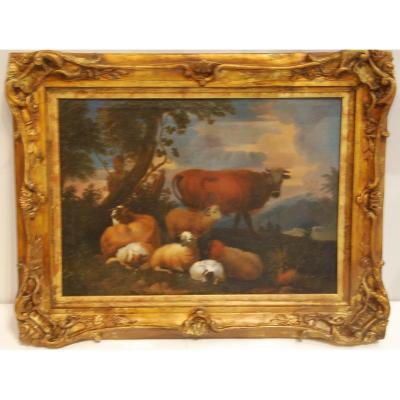



 Le Magazine de PROANTIC
Le Magazine de PROANTIC TRÉSORS Magazine
TRÉSORS Magazine Rivista Artiquariato
Rivista Artiquariato